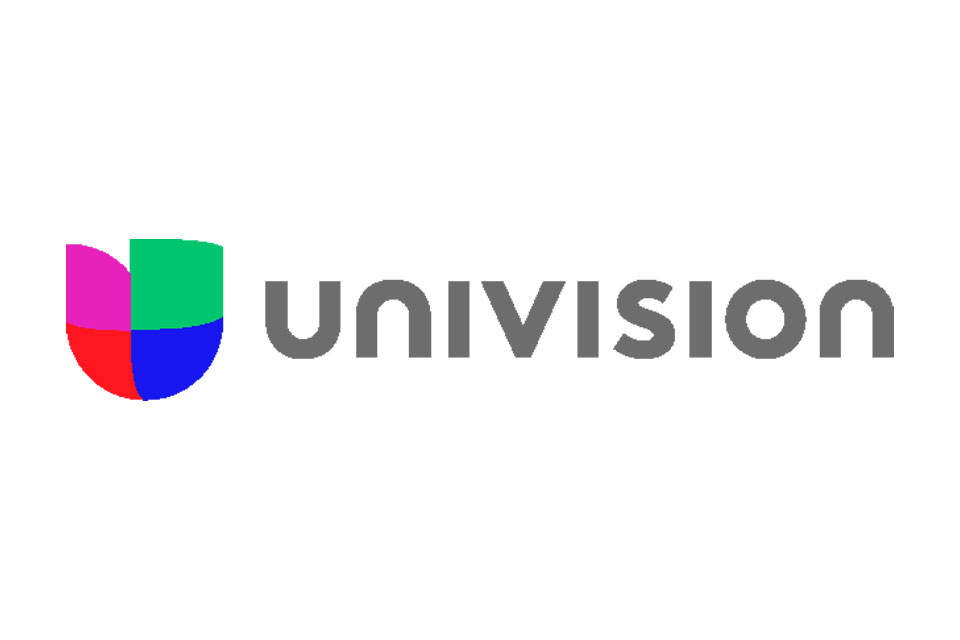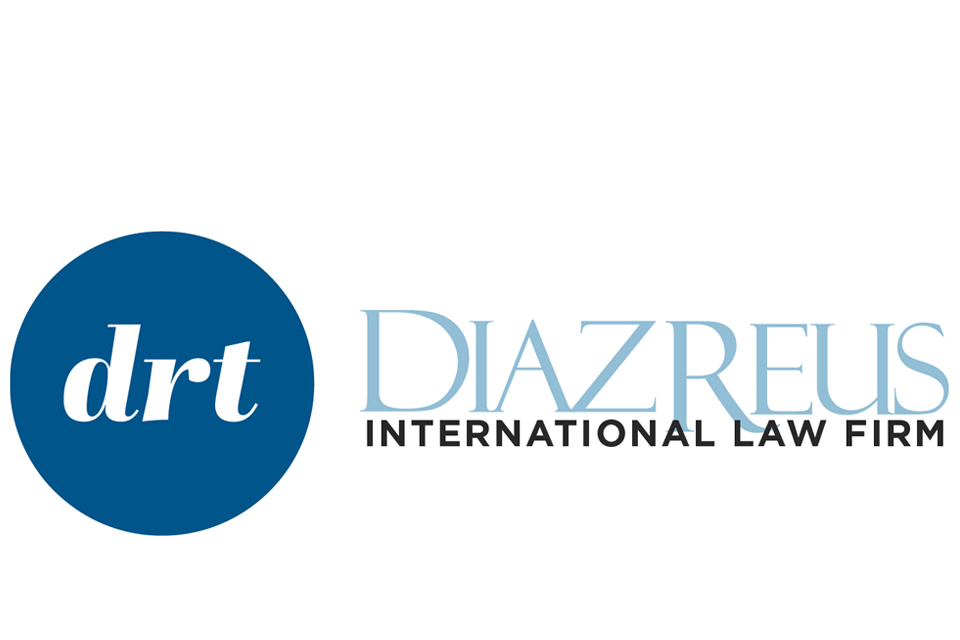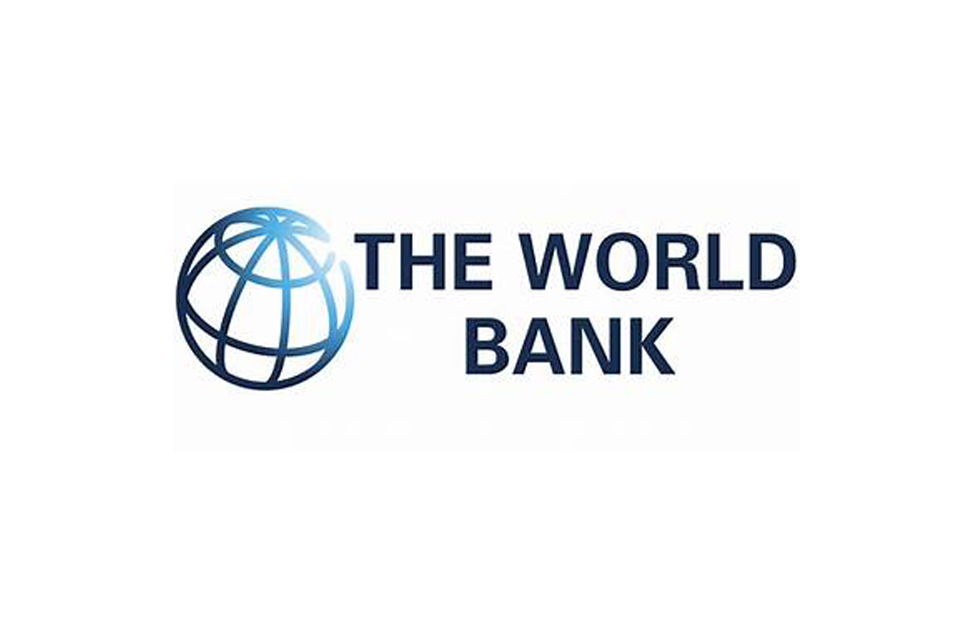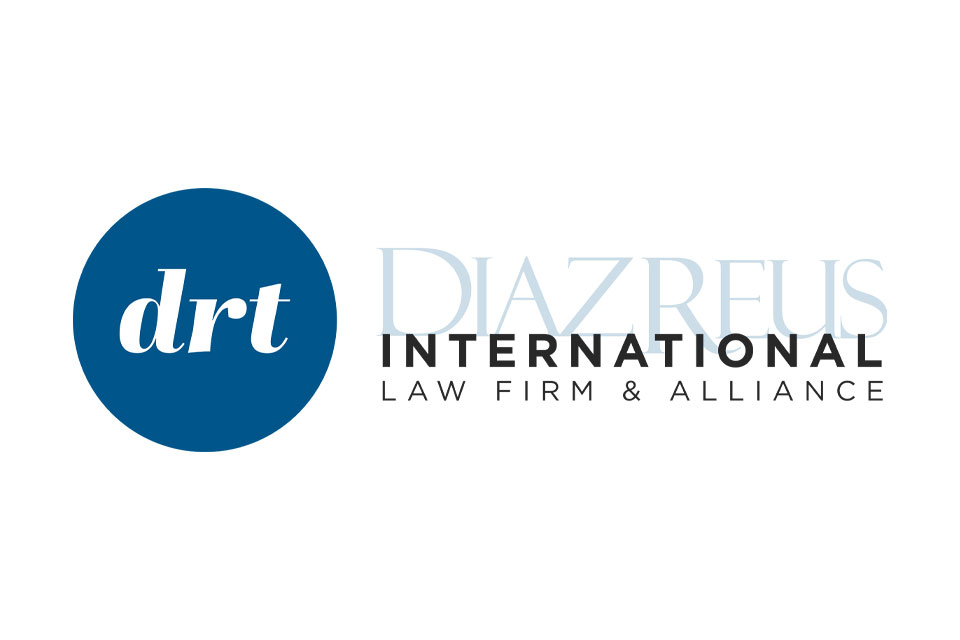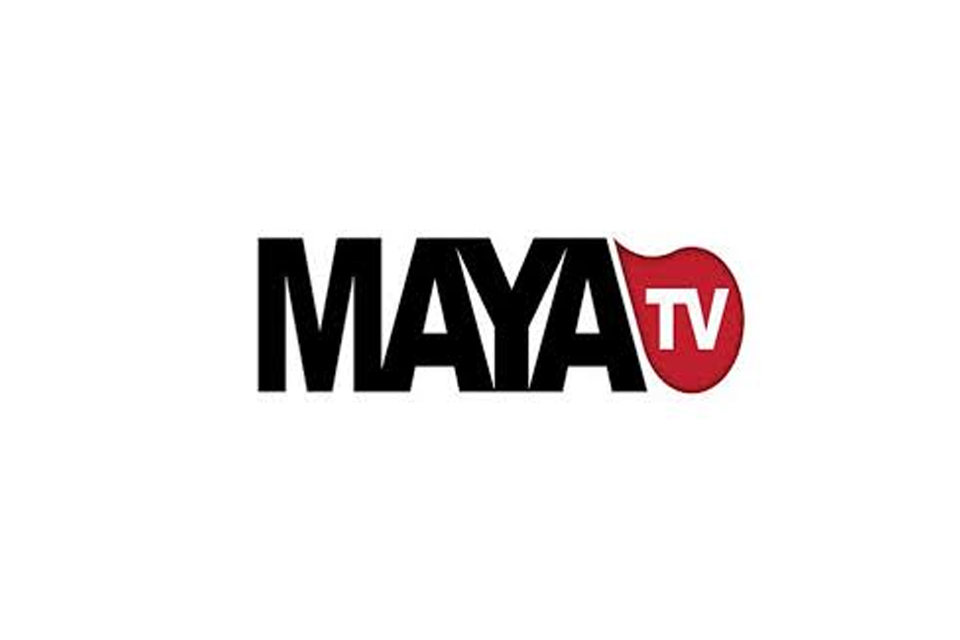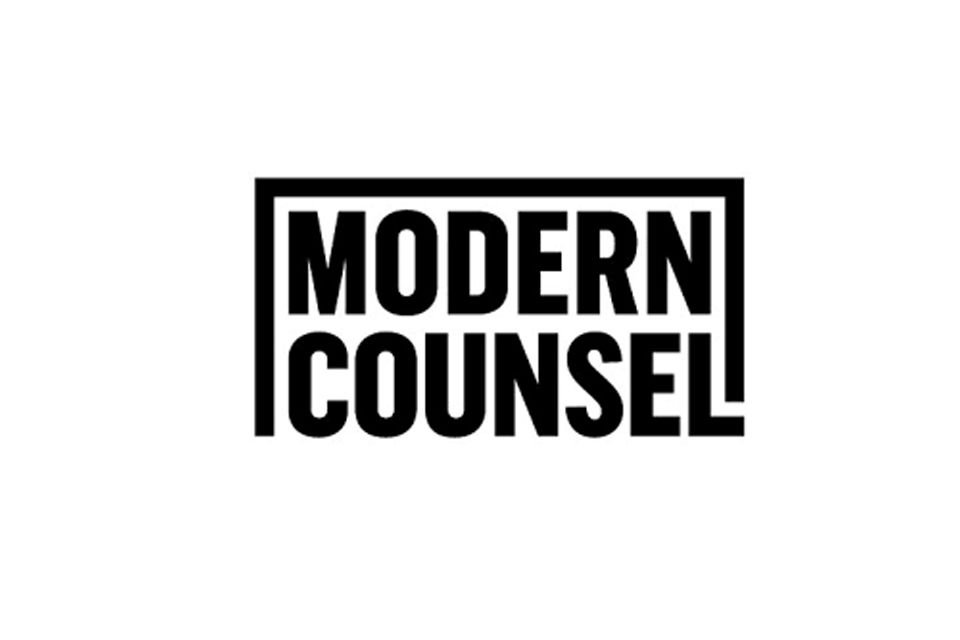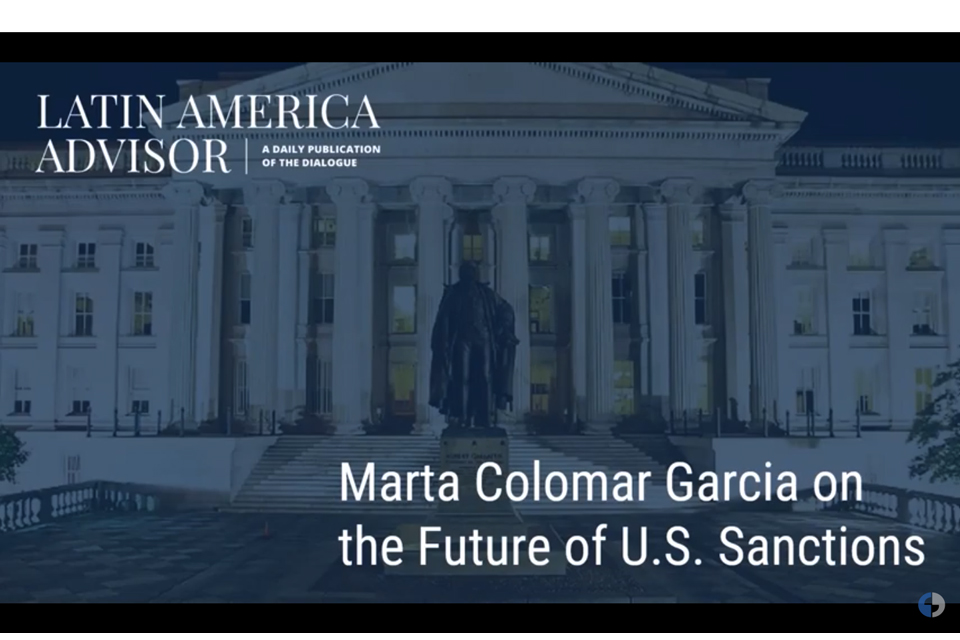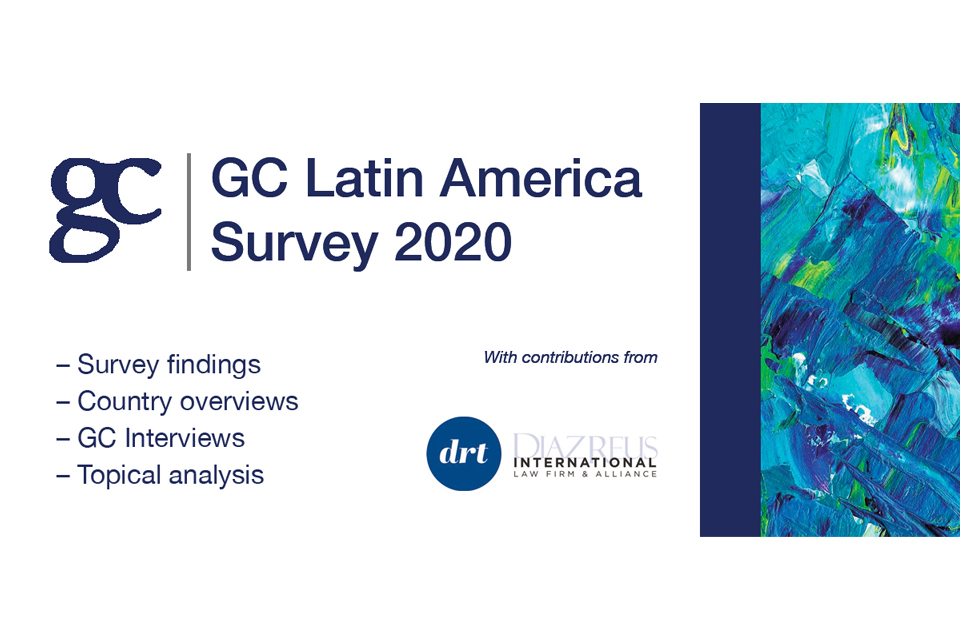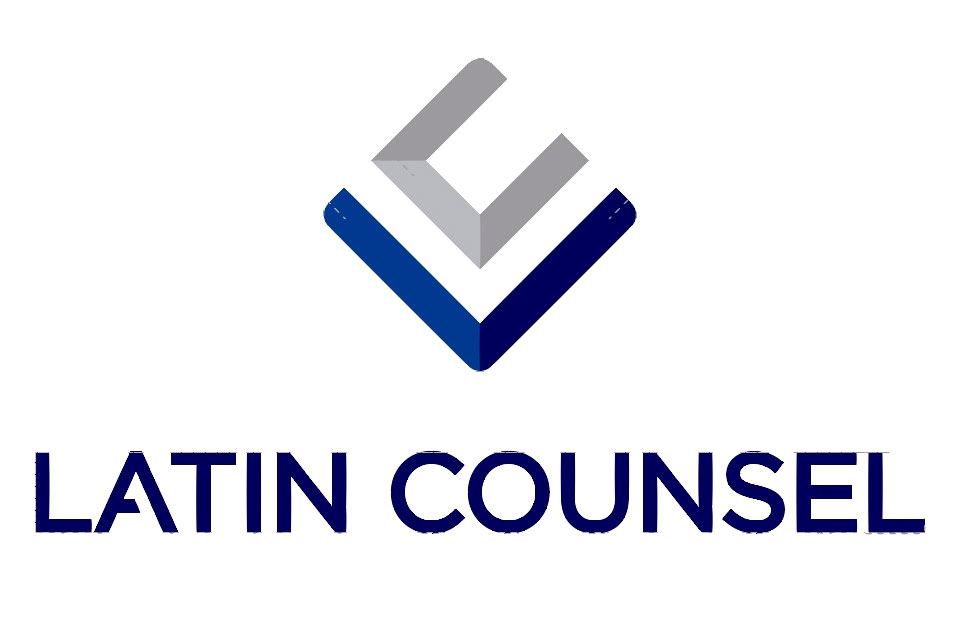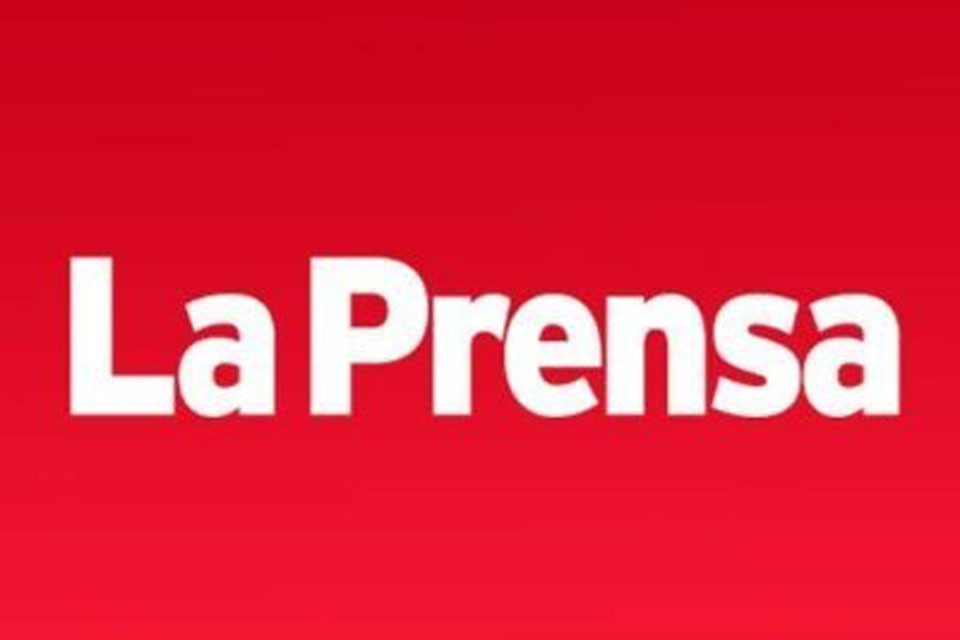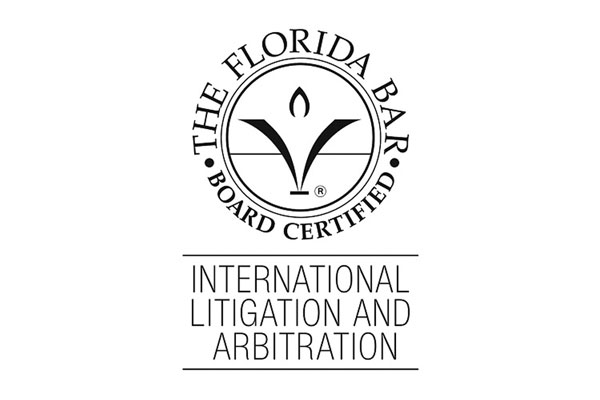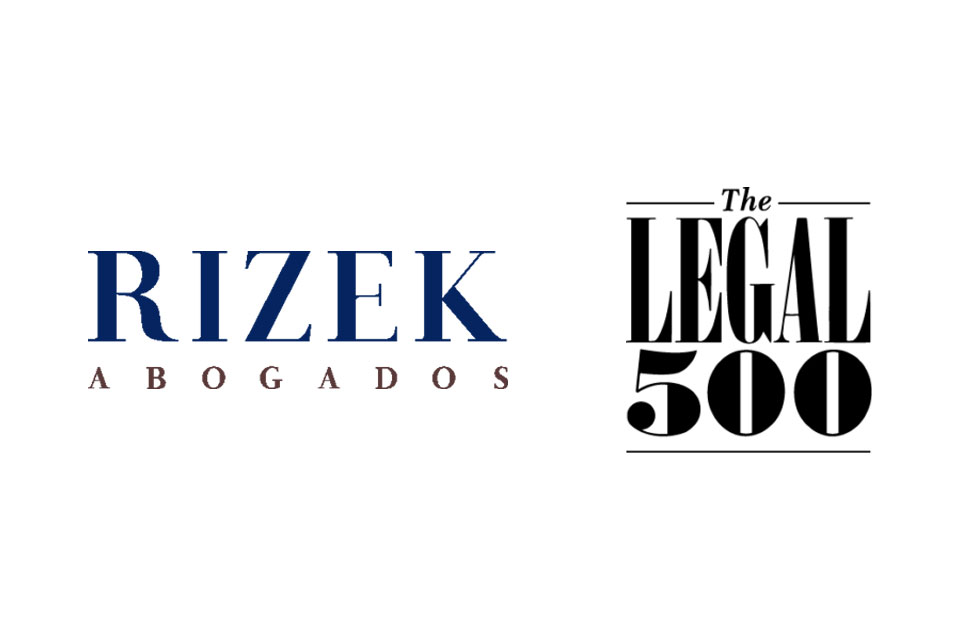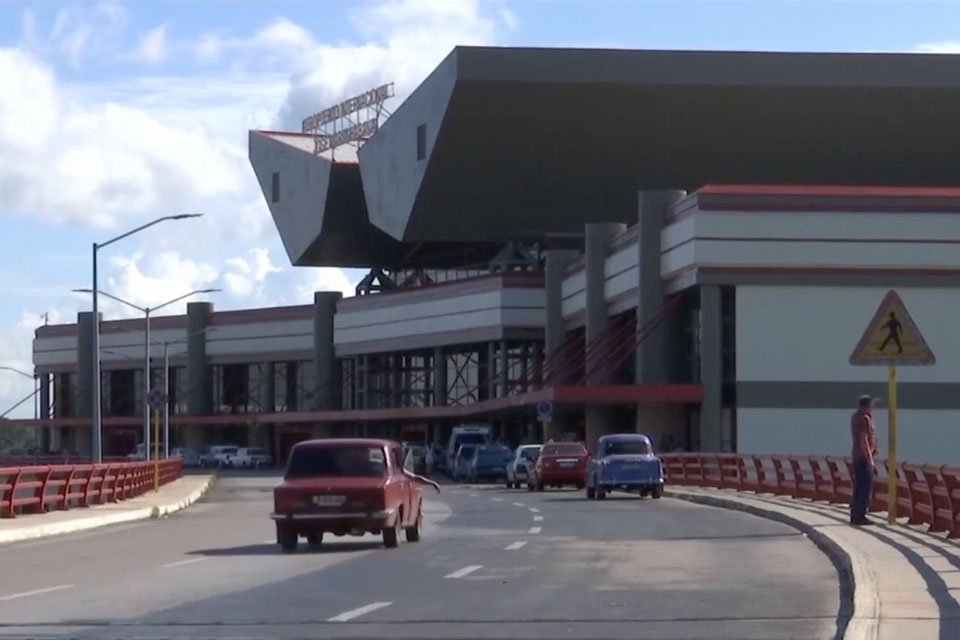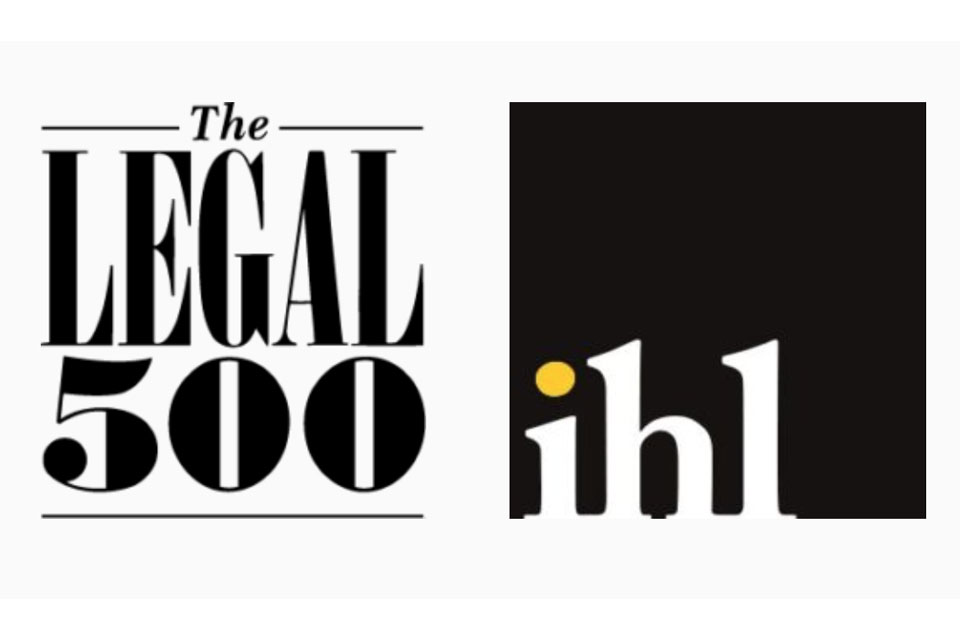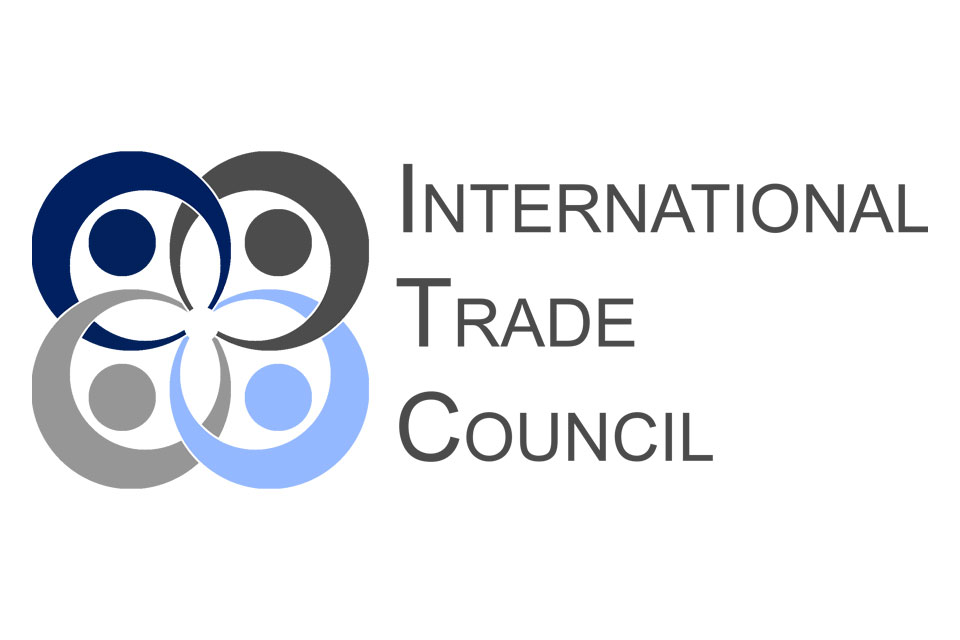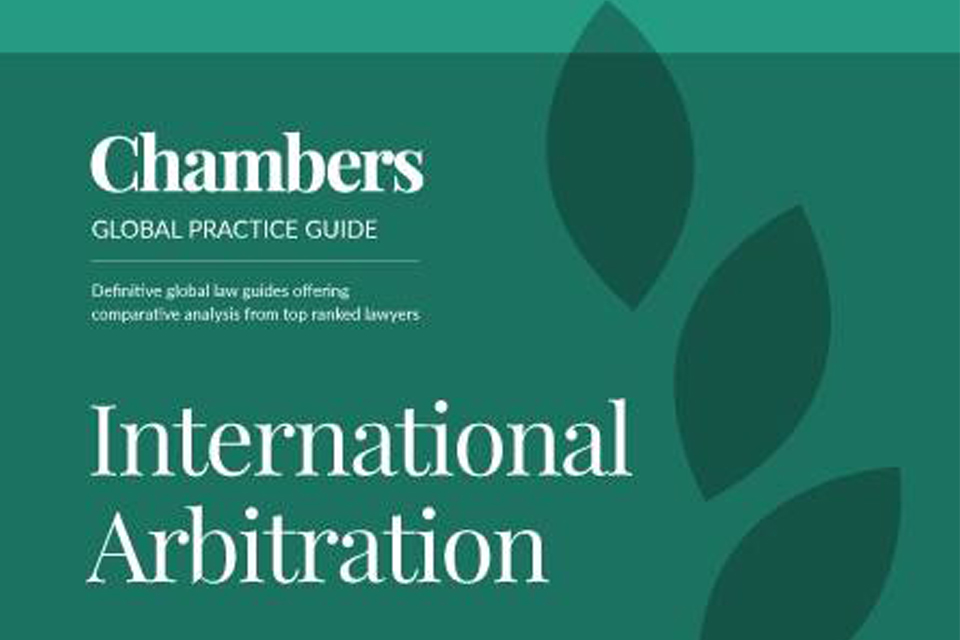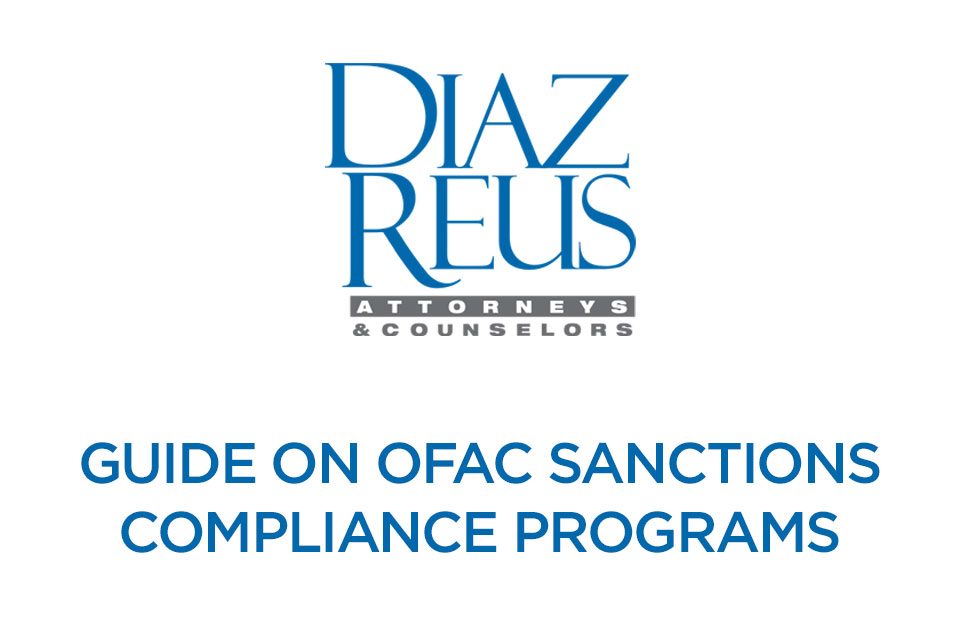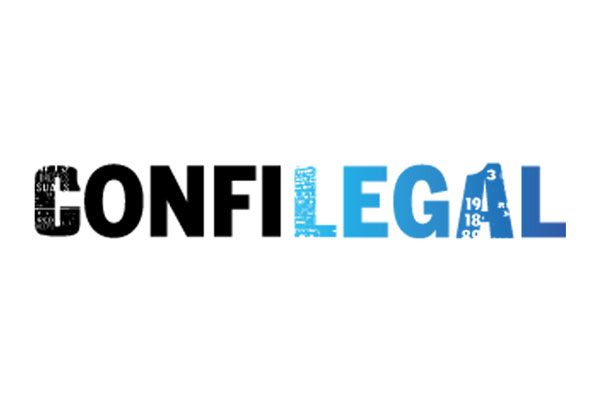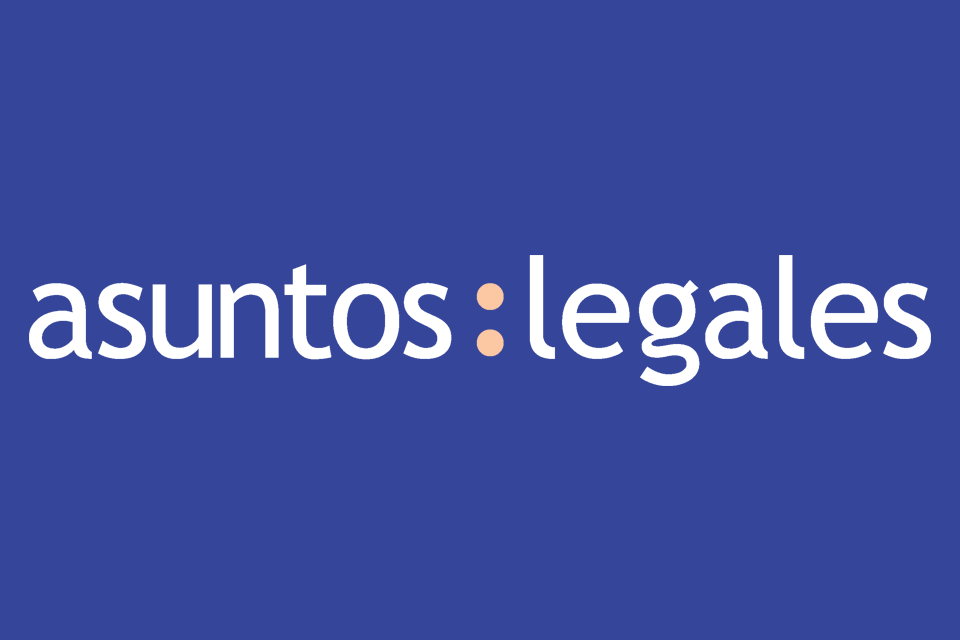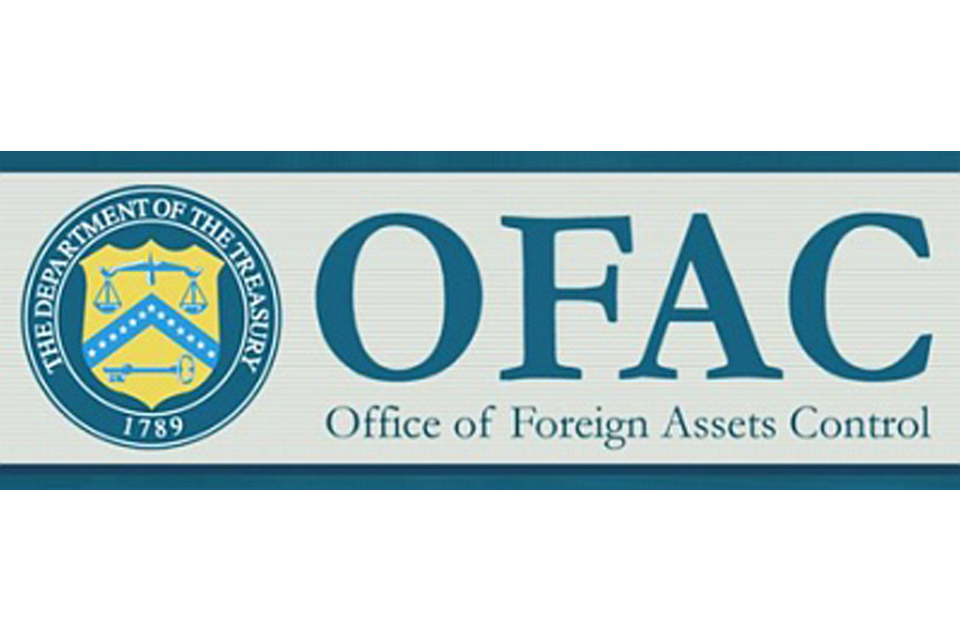Generally speaking, public-private partnerships (PPPs) are mechanisms through which public sector works can be constructed, managed and/or operated by a private entity for the ultimate benefit of the public. PPPs are inherently complicated projects with numerous contractually obligated participants involved. Thus such PPP projects demand a concerted diligence to manage and avoid potential disputes. There is however no steadfast solution as to which type of resolution method will fit every situation. Nonetheless the ability to adequately resolve disputes that may arise at any point in the PPP’s hierarchy is critical to ensuring the long-term viability and profitability of the project itself.
This article compares and contrasts the different methods available for resolving disputes in PPP projects. This article is designed to assist private investors, government officials, as well as legal and other consultants interested in efficiently managing such disputes arising in the context of PPP agreements.
I. Executive Summary
Careful attention must be given to managing potential disputes in Private Public Partnership (PPP) projects. PPP projects are inherently complicated, and involve many contractual participants. There is no steadfast answer as to which type of resolution method will fit a particular situation. The ability to adequately resolve disputes, which may arise at any point in the PPP’s hierarchy, is critical to ensuring the long term viability and profitability of any project.
II. Public Private Partnerships – An Overview
In a typical PPP project, the master agreement represents a contract between the municipal government and a private consortium working to design, build, and operate the project. The private consortium will normally create a new entity, called a “special purpose vehicle” (SPV), solely for this undertaking. The SPV will be governed by a separate contract which will outline the rights and obligations of the private consortium’s members (a shareholders’ agreement). The SPV will then enter into various contracts, such as with a construction contractor, to build the project. The contractor will then enter into various sub-contracts, and these sub-contractors will frequently enter into sub-sub-contracts to accomplish particular tasks.
While the above is an over simplification of a typical PPP project, it demonstrates the various contractual relationships involved. Of course, different structures will give rise to varying relationships between the parties involved. The role each party plays in the PPP project will impact the method for resolving disputes which may ultimately arise amongst the parties.
III. Difficulties in Resolving PPP Disputes
Ordinarily, the private consortium and the municipal government will have the largest stake in the PPP project. Because PPPs are frequently long-term arrangements lasting 30 years or more, the private consortium and municipal government may be incentivized to overlook petty disputes which may arise. From a macro perspective, the financial rewards of the PPP project as a whole far outweigh any short-term financial gain or loss that may arise from a minor dispute. It is important, however, that the private consortium not overlook the political risks involved. The goals and support of one government’s administration may largely differ from that of a successor administration, thus increasing the likelihood of a dispute arising. For this reason, developing a carefully designed dispute-resolution process is critical from the project’s inception.
In contrast, downstream participants, such as sub-sub-contractors and laborers, are only interested in their stake of the project. While their role may be miniscule in comparison to the overall PPP project, these parties may nonetheless greatly affect a project’s success. Especially during a PPP’s construction phase, the ability for one contract participant to complete its task depends on another’s satisfactorily completing its task on time and budget. Thus, one sub-contractor’s failure to complete its portion may have significant ripple effects throughout the entire PPP project. It is therefore essential that disputes stemming from downstream participants be resolved quickly and efficiently.
IV. Dispute Resolution Alternatives
A number of factors must be considered in determining which dispute resolution method should be implemented. In some instances, speed and efficiency is preferred and required to avoid costly overruns and delays. This is especially true during a project’s construction phase. Other factors influencing the method of dispute resolution include the ability to enforce a judgment in a foreign court and convenience to the parties.
Below, we discuss three methods of dispute resolution: (1) mediation, (2) litigation, and (3) international arbitration. Each method possesses its advantages and disadvantages.
A. Mediation
Mediation is a more formal method of negotiation, administered by a neutral third party. Unlike arbitration or litigation, the mediator lacks the ability to bind the parties. The mediator functions as a facilitator for the parties to negotiate with each other. By pushing and prodding the parties to settle their disagreement, a mediator may clarify a dispute within hours. This is in stark contrast to the months or years typically involved in litigation or arbitration. Mediation also allows the parties to retain complete control over the process. Either party can end the mediation by simply walking away from the table. As a result, mediation is the most convenient and cost-effective dispute resolution method.
Another benefit of mediation which is sometimes overlooked is the mediator’s ability to assist parties in narrowing the issues over which there truly exists significant disagreement. Moreover, even though the official “mediation” may have ended, the parties may nonetheless continue to negotiate on their own accord. Even if not immediately successful, mediation may result in an eventual settlement by opening the lines of communication and helping the parties narrow the issues in dispute.
Mediation, however, is not without its drawbacks. Chief among them is the enforceability of any resulting agreement. A successful mediation will result in a settlement agreement between the parties. The settlement agreement becomes another contract between the parties. If the contract is breached, the injured party must resort to either litigation or arbitration in order to compel compliance. The downside here, of course, is that any time and effort spent on resolving the dispute through mediation would have been in vain.
B. Litigation
Litigation can be expensive. The inherent costs of litigation are compounded by its extensive pre-trial procedures, lengthy adjudication, drawn-out appeals process, and enforcement hassles. In a recent study, Deloitte & Touche estimated that the total cost of litigation in the United States accounts for approximately 3 percent of the gross national product—and is rising. Litigation costs in other parts of the world are similarly high. A survey of 400 blue-chip British and foreign companies revealed that average litigation costs increased worldwide by 25 percent from 2006 to 2007.
These factors are only aggravated in international transactions when parties may sue in any jurisdiction. As a result, a party may easily find itself embroiled in multiple, parallel proceedings around the world. An additional cost which must be factored in when litigating is the inherent adversarial nature of the proceeding. Personal, business, or governmental confidences may be aired publicly, causing embarrassment, stagnant sales, or loss of morale. Litigation can also place a psychological toll on individuals stemming from months and years of waiting for a resolution. Agencies and businesses may find services or improvements stalled while awaiting a judicial decision. Executives and employees who would otherwise focus on generating new revenue for the company must instead concentrate on recovering lost revenue and minimizing future losses. Uncertainty of significant litigation can adversely affect employee drive and market perceptions of the value and creditworthiness of a company. Thus, litigation is disfavored if a party seeks to preserve any possible relationship going forward.
Assuming that a favorable judgment is ultimately obtained, enforcing that judgment may also present an additional obstacle. For example, the United States does not have a treaty with any other country for enforcing judgments. Thus, the costly endeavor of obtaining a judgment may nonetheless prove futile if the resulting judgment cannot be enforced in another jurisdiction where the judgment debtor’s assets are located. In contrast, a judgment obtained in a member country of the European Union may be enforced as a matter of right in another member country under the recent Rome Convention. Careful attention should therefore be directed towards the nationalities of the parties involved.
C. International Arbitration
The greatest benefit offered by international arbitration is the readily enforceable nature of any award. Arguably the most successful international treaty to date, the United Nations Convention on the Recognition and Enforcement of Foreign Arbitral Awards of 1958 provides a legal basis for the recognition and enforcement of arbitral awards by signatory states. Currently, there are 142 signatories to the Convention. Critically, the circumstances under which such awards may be annulled are limited. For this reason, treaties among countries typically designate arbitration as the resolution method for any dispute involving a foreign private consortium and a municipal government. Moreover, the World Bank, which often serves as a source of funding PPP projects in developing countries, may require that any outstanding arbitral award be satisfied prior to lending funds for additional projects in that particular country.
Compared to litigation, international arbitration is less expensive and time consuming. For example, arbitration:
- Offers a more streamlined and simplified discovery process.
- Contains fewer rules of evidence.
- Is not susceptible to multiple proceedings.
- Produces awards that are typically not subject to judicial review.
- Offers greater control over the speed and length of the proceedings.
That said, arbitration can, in some cases, become quite expensive and take years to resolve. Factors that can increase costs include the parties’ obligation to pay for the forum that administers the proceedings and the arbitrators. Litigation, in turn, is a publicly subsidized service whereby taxpayer funds are used to defray the costs of running the court system.
International arbitration is increasingly the most favored dispute resolution method. A recent survey of 143 large, multinational companies indicated that 73 percent of those surveyed preferred international arbitration over litigation. Critically, for PPP participants, 44 percent of companies favored arbitration as part of a multi-step, dispute-resolution strategy. Only 11 percent of those surveyed preferred litigation over arbitration. Those who preferred litigation operated primarily in developed countries where their confidence in the national court system was high.
Frequently, however, PPP projects are commenced in developing countries. The developing world has a reputation for suffering from political turmoil, with regime changes being commonplace. Moreover, the judiciary is often criticized for their lack of independence from the executive branch. As a result, international arbitration is typically preferred because it remains a neutral forum and is not susceptible to pressure from host governments.
V. Conclusion
Effectively managing PPP disputes requires careful attention from the project’s inception. Typically a multi-step approach is preferred whereby alternative dispute resolution methods are structured depending on the hierarchal level of the project. Close attention must also be placed in understanding the local laws of the host government. For this reason, consulting counsel with knowledge and experience in resolving transnational disputes is recommended. By taking the required steps to effectively prevent, and, if necessary, resolve any disputes that arise, the participants in a PPP project will avoid one of several roadblocks which could greatly impact a project’s success.

















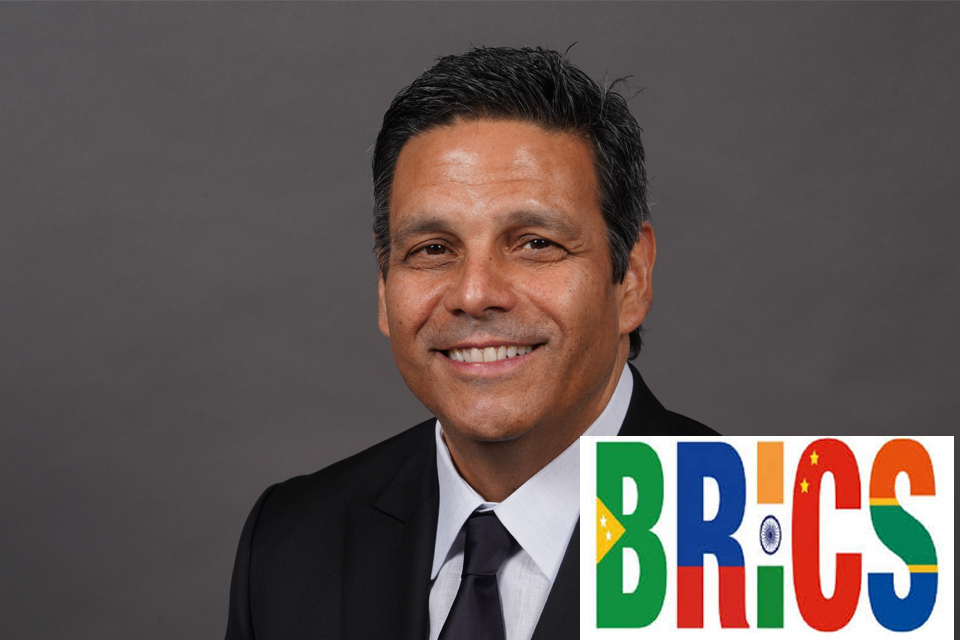



















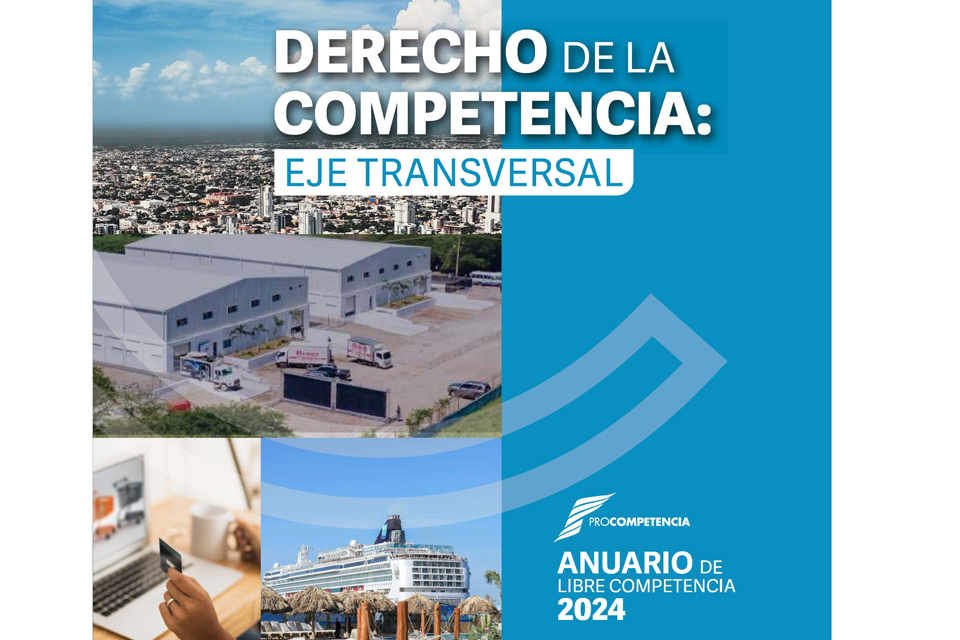


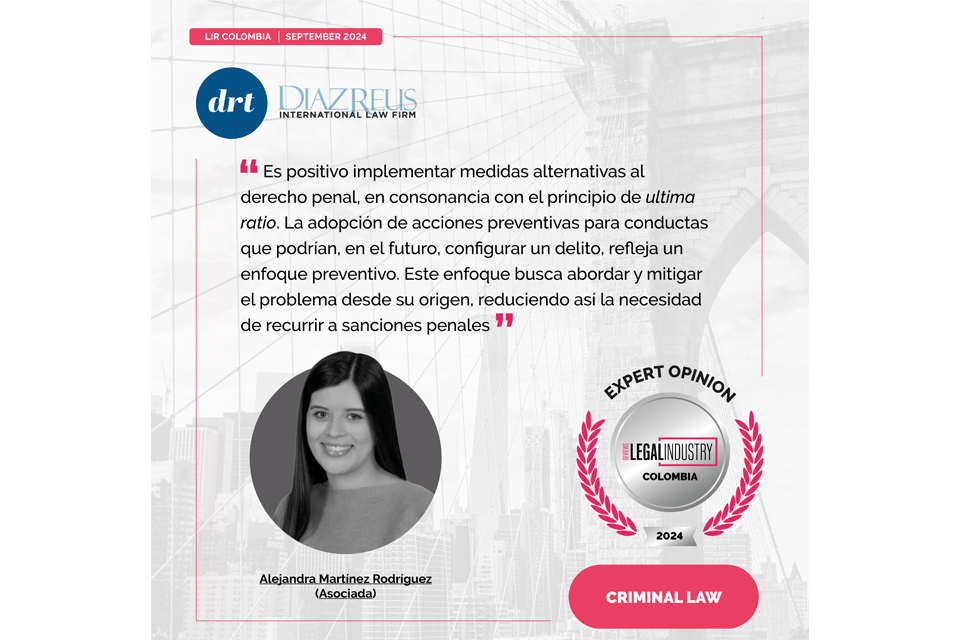





















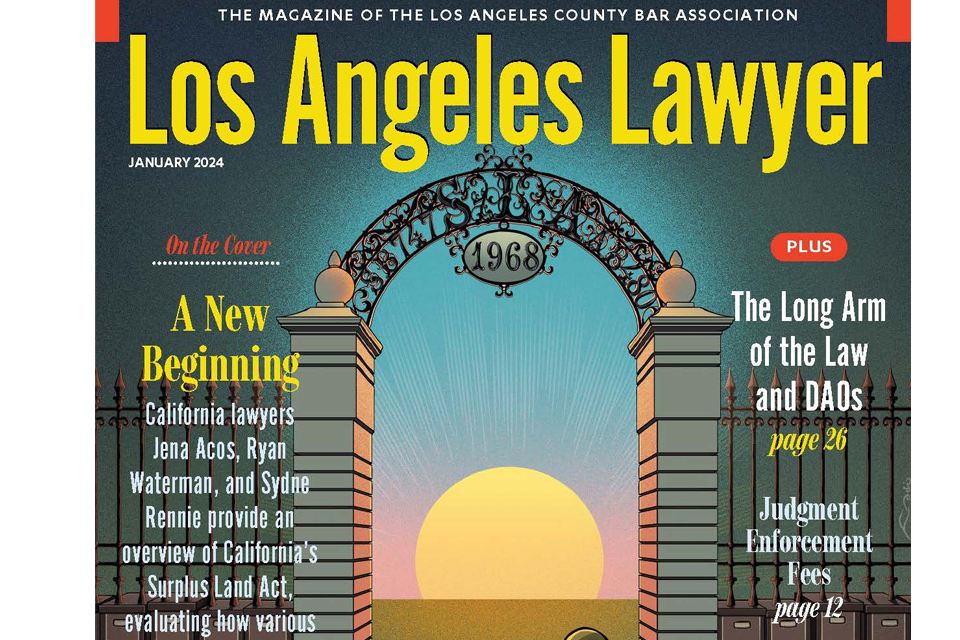

















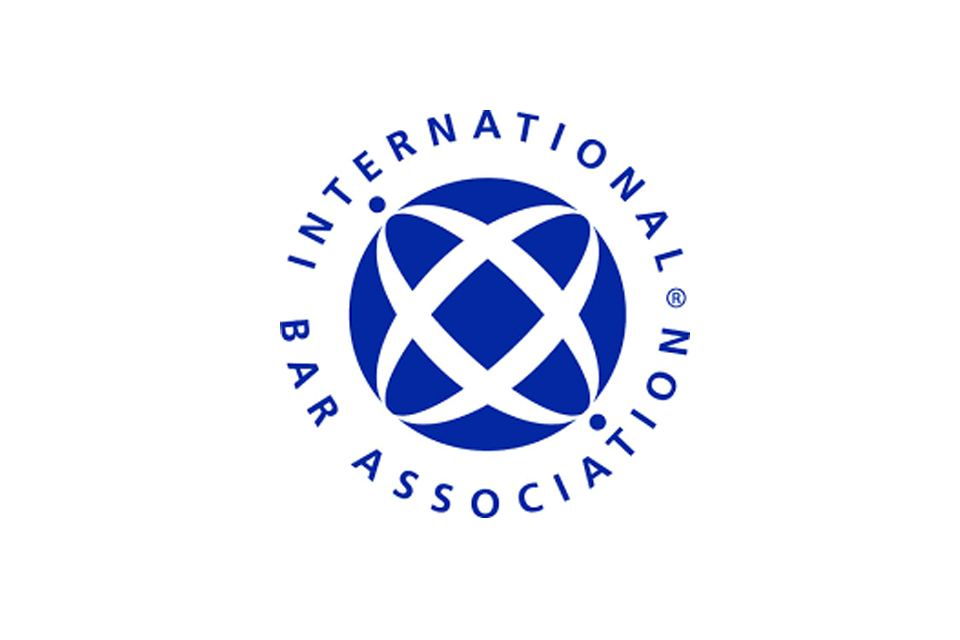
![Especial abogados Salón de la Fama[61] 4](https://diazreus.com/wp-content/uploads/2023/06/Especial-abogados-Salon-de-la-Fama61-4-pdf.jpg)





